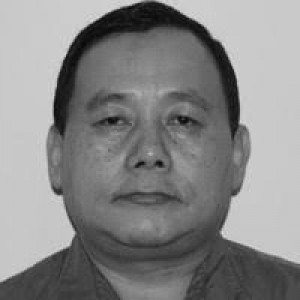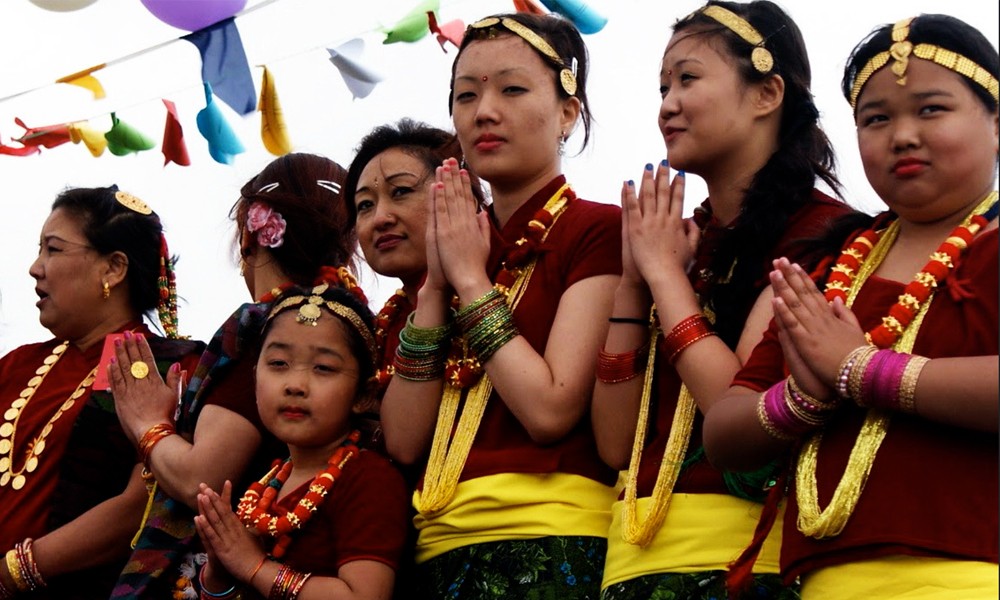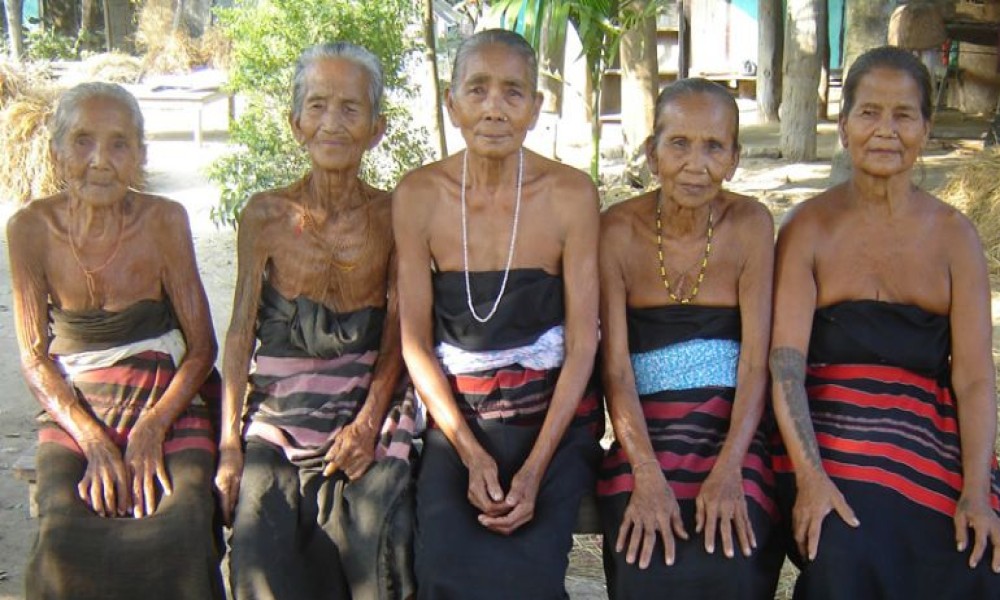After Morang was annexed into Gorkha that is today's Nepal, the Shah-Rana rulers eyed the far-eastern part of the Terai as an economically and strategically important region. They wanted to clear the eastern Terai's dense forest for timber, sell wild elephants for foreign currency and cultivate fertile land to increase agricultural output.
But that was not easy because the eastern Terai was a hostile land back then. The jungle was too dense to penetrate. Wild animals would roam around everywhere. Wetlands were too large. And malaria had made it impossible for the outsiders to live in the Terai. Nobody would want to go and work there. So, the State was unable to find labourers to cultivate the Terai land.
Malaria had limited the State's presence in the Terai, enabling local indigenous people to practice a great deal of autonomy in their native place. For the State, malaria was the biggest hurdle in 'the country's development'. In the 1950s and '60s, the United States and the World Health Organization came forward to help Nepal eradicate malaria by spraying DDT across the Terai.
In the course of helping rehabilitate people who have migrated to the Terai from the hills, I realize that I had become an agent of dangerous development that was the trend towards the end of the World War II, and that I failed to pay attention to the negative consequences of development on the environment and cultural unity.
In 2007 BS, Nepali people overthrew the Rana autocracy, and ushered in a democratic era in the country. The new political system spurred development, and the the government was able to eliminate malaria from Nepal in 2014 BS. Other diseases like small pox and cholera were also controlled.
The elimination of malaria and other diseases led to the political and economic marginalization of Dhimal and other Indigenous Peoples in the Terai. People from the hills migrated to the plains, grabbing land cultivated by Indigenous Peoples of the Terai. Indigenous Peoples became landless in their own native place.
After the eradication of malaria, the government brought a land reform act, which also changed the demographic composition of the Terai. The construction of the East-West highway accelerated the migration of people from the hills to the Terai.
At the time, the government's development approach was simple: exploit the natural resources of the Terai as much as possible to spur economic growth. Neither Nepal's rulers and policymakers nor its development partners realized that such an exploitative development approach would weaken the Terai's indigenous people socio-culturally, economically and politically.
I remember an elderly Dhimal individual telling me a decade ago: "What was the elimination of malaria for other people of Nepal was akin to the elimination of our culture.
An American agricultural anthropologist who served as a young volunteer in Rapti Valley Development Project in the 1960s has recalled his work in Nepal's Terai:
"In the course of helping rehabilitate people who have migrated to the Terai from the hills, I worked with my Nepali colleagues in handling tractors and other modern equipment to clear forest. We forced tigers, elephants and other wild animals from their natural habitat. We marginalized Tharu people in their own land. In retrospect, I realize that I had become an agent of dangerous development that was the trend towards the end of the World War II, and that I failed to pay attention to the negative consequences of development on the environment and cultural unity."
I remember an elderly Dhimal individual telling me a decade ago: "What was the elimination of malaria for other people of Nepal was akin to the elimination of our culture."
(Janak Rai teaches anthropology at the Tribhuvan University. This is an unofficial and summarized version of the translation of his article originally published in Naya Patrika daily. To read the original article: https://jhannaya.nayapatrikadaily.com/news-details/955/2020-04-25?fbclid=IwAR0ALwDcMvxm6kDbUFNSCK96V-dAJwJUnXakuoVzBsKAt7TyY0ogg-OKwpkRead more at: https://www.indigenousvoice.com/en/epidemiology-ecology-and-economy:-indigenous-peoples-struggle-for-survival.html)








